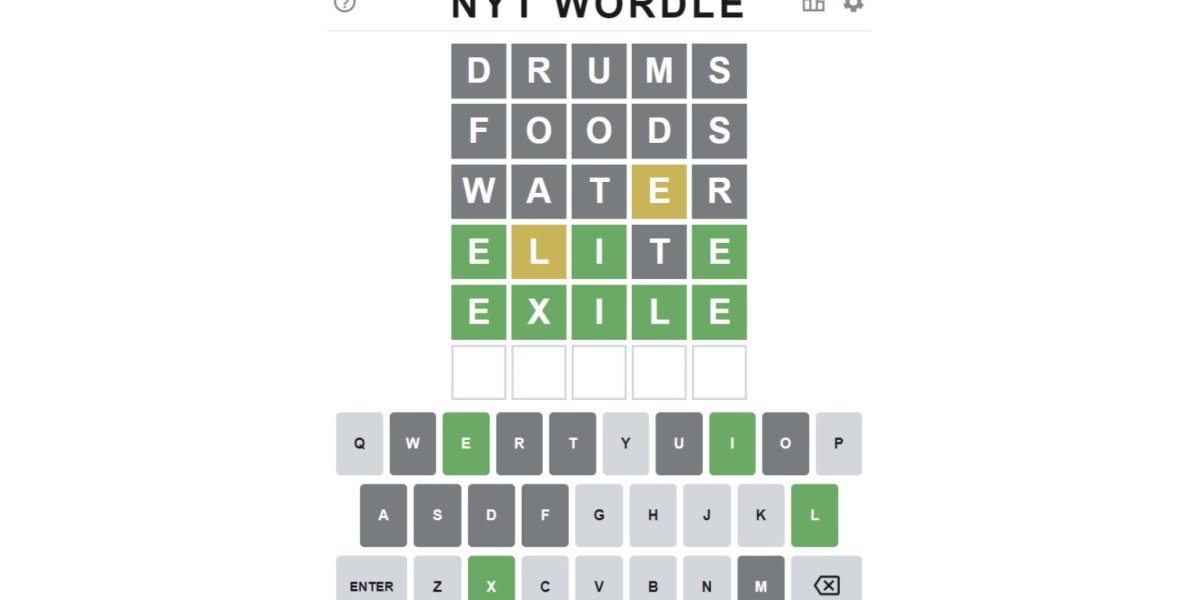In recent years, solar panel installation has emerged as a vital solution for sustainable energy needs, transforming how homes and businesses harness power. As the demand for renewable energy increases, understanding the intricacies of solar panel installation becomes essential. This guide, provided by Electrical Elite, will delve into the key aspects of solar panel installation, offering valuable insights that will assist you in making informed decisions for your energy needs.
Understanding Solar Energy Systems
Solar energy systems convert sunlight into electricity, utilizing photovoltaic (PV) cells. These cells are typically made of silicon, which absorbs sunlight and generates an electric current. The fundamental components of a solar energy system include:
- Solar Panels: The primary unit that captures sunlight.
- Inverter: Converts the direct current (DC) produced by the solar panels into alternating current (AC) used by most home appliances.
- Mounting Equipment: Structures that secure the solar panels to roofs or the ground.
- Battery Storage (Optional): Stores excess energy for later use, enhancing the system's efficiency.
Benefits of Solar Panel Installation
1. Cost Savings
One of the most significant advantages of solar panel installation is the reduction in electricity bills. By generating your own electricity, you can significantly lower or even eliminate your monthly utility expenses. Furthermore, various tax incentives and rebates are available, making solar energy systems more affordable.
2. Environmental Impact
Solar energy is a clean, renewable resource that reduces your carbon footprint. By choosing solar power, you contribute to a decrease in greenhouse gas emissions, playing a crucial role in combating climate change.
3. Energy Independence
Solar panel installation provides an opportunity for energy independence. By generating your own electricity, you are less susceptible to fluctuations in energy prices and supply disruptions.
Steps to Solar Panel Installation
Step 1: Site Assessment
Before installation, a comprehensive site assessment is crucial. Our team at Electrical Elite evaluates:
- Roof Orientation and Angle: Ideal panels should face south (in the northern hemisphere) and have an angle between 30 to 45 degrees for optimal sunlight exposure.
- Shading: Trees, buildings, or other obstructions can impact efficiency. We analyze potential shading throughout the day and across seasons.
Step 2: System Design
After the assessment, a tailored solar energy system design is created. This involves:
- Determining Energy Needs: Evaluating your historical energy consumption to size the system correctly.
- Choosing Equipment: Selecting high-quality solar panels and inverters that meet your performance and budget requirements.
Step 3: Permitting and Financing
Securing necessary permits is vital to comply with local regulations. We assist you in navigating this process, ensuring that all documentation is in order. Additionally, we offer financing options, making solar energy accessible for everyone.
Step 4: Installation
The installation process typically takes one to three days, depending on system complexity. Our professional team ensures:
- Safety Compliance: All installations adhere to safety protocols and building codes.
- Quality Workmanship: We prioritize precision in mounting, wiring, and inverter connections.
Step 5: Inspection and Interconnection
Once installed, an inspection is required to verify that the system meets local codes and regulations. Following inspection approval, we facilitate the interconnection with your local utility company, enabling you to start enjoying solar power.
Maintaining Your Solar Panels
Routine Maintenance
To maximize efficiency and longevity, regular maintenance is necessary. This includes:
- Cleaning: Dust and debris can obstruct sunlight. We recommend cleaning your panels at least twice a year.
- Inspections: Annual professional inspections help identify and resolve issues early, ensuring optimal performance.
Monitoring Performance
Most solar panel systems come with monitoring tools that allow you to track energy production in real-time. Regular monitoring helps detect inefficiencies, ensuring you get the most out of your investment.
Understanding Costs and Returns on Investment
The initial cost of solar panel installation can vary significantly based on system size and location. However, the long-term financial benefits are substantial. Key factors to consider include:
- Payback Period: The time it takes for savings on electricity bills to equal the installation cost. Typically, this ranges from 5 to 10 years.
- Incentives: Federal and state incentives can significantly reduce upfront costs, enhancing your return on investment.
Conclusion
Solar panel installation represents a strategic investment in both your financial future and the health of our planet. At Electrical Elite, we are committed to providing exceptional service and expertise, ensuring that your transition to solar energy is seamless and rewarding. By understanding the installation process and benefits, you can make informed decisions that will lead to significant savings and a sustainable energy future. If you’re considering solar panel installation, reach out to us today for a personalized consultation.



